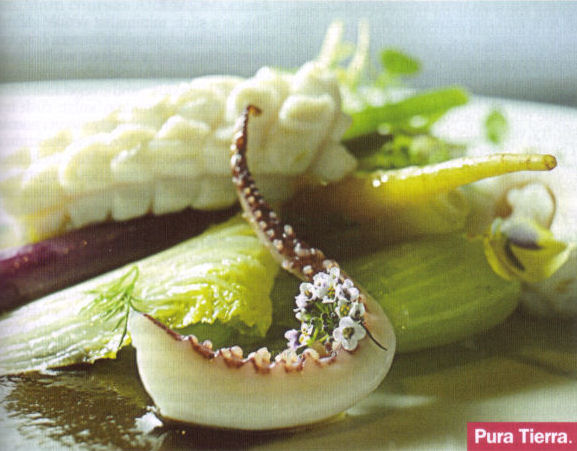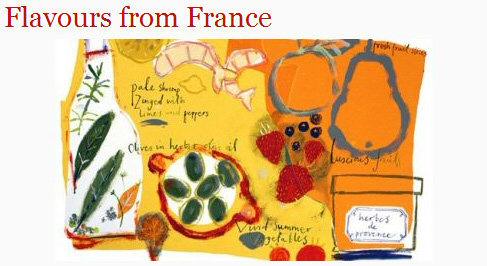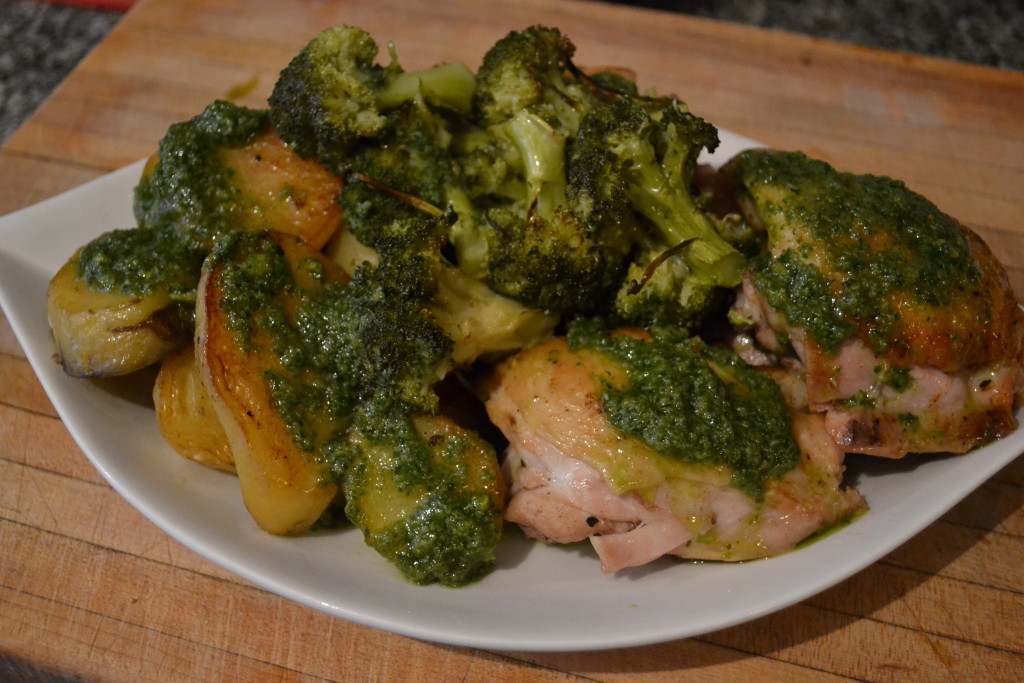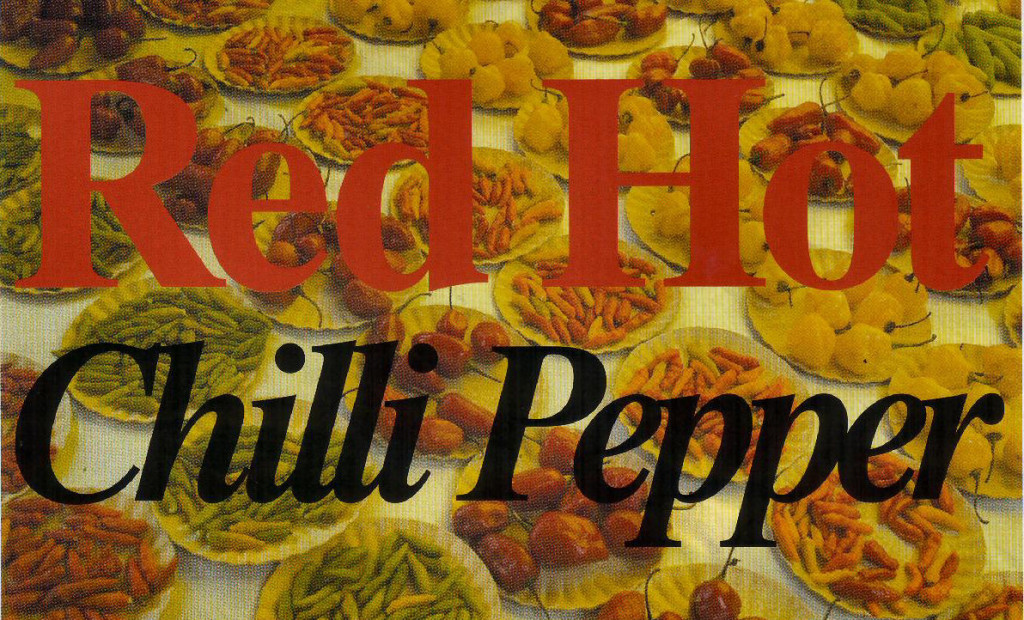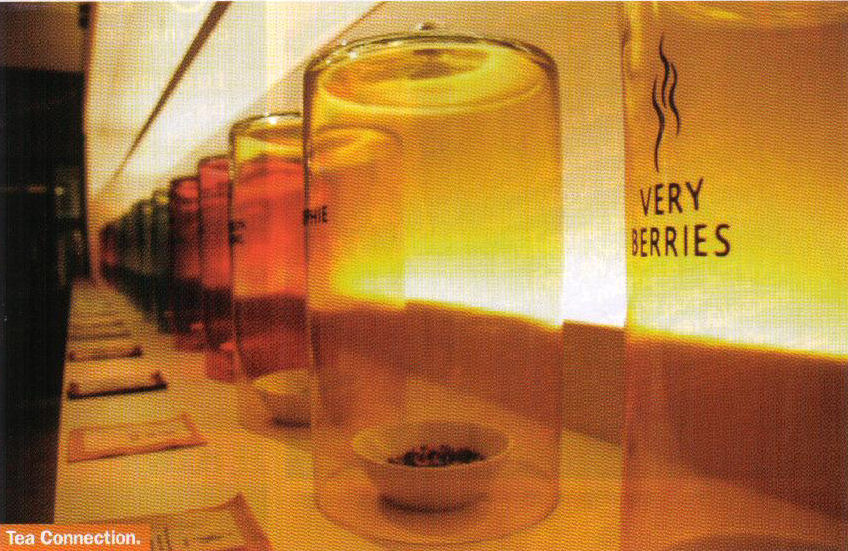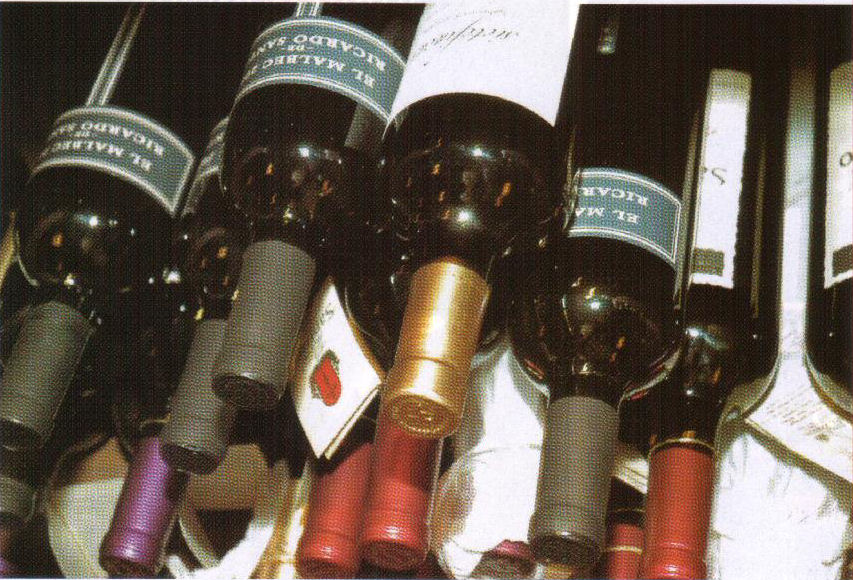The perfect food
March 2008
The perfect food
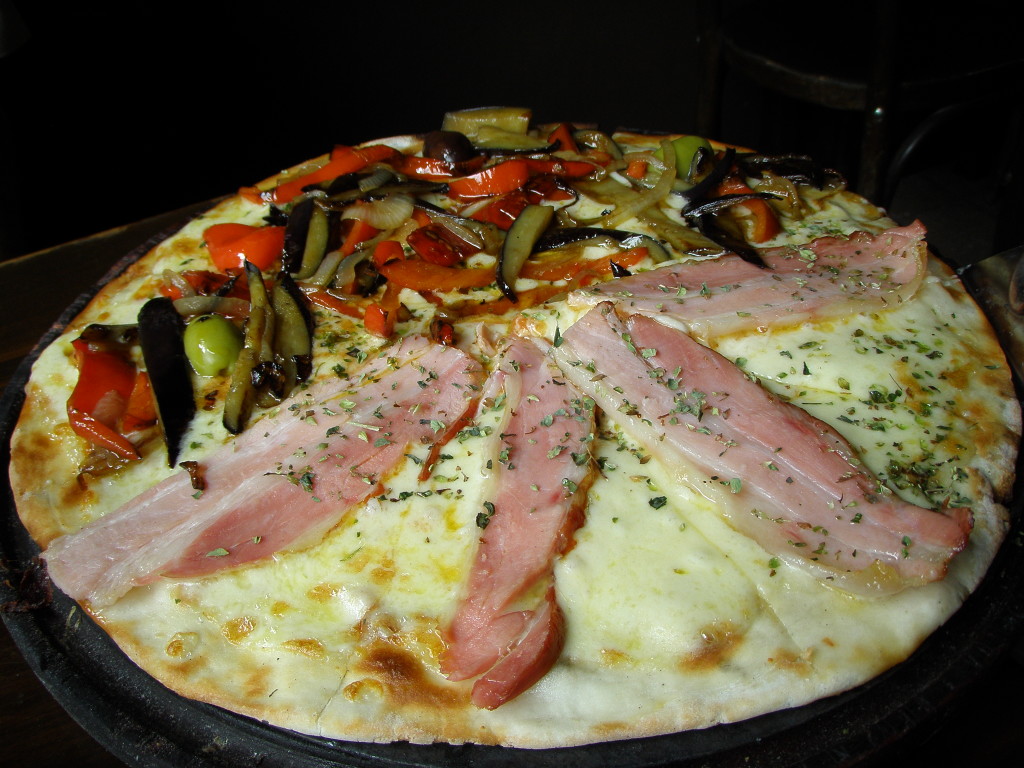
It could be argued that Pizza is Nature’s most perfect food. After all, constructed properly, it’s virtually an illustration of one of those food pyramids – a grain based crust, plenty of vegetables, some meat, and a good helping of dairy in the form of cheeses. Of course, it just as easy to construct one that goes heavy on all the “wrong” things and turn it into a nutritional or gastronomic nightmare, but agreement on what that would be, especially gastronomically, would be hard to find.
Local rumors to the contrary, pizza was not invented in Argentina by Italian immigrants. It was brought with them. Many porteños might argue that it was “perfected” here, but I’d have to guess that they’ve simply never been to Italy and tried the pizza there, nor many of the versions to be found in other food capitals of the world with big Italian populations. Regardless, pizza is a mainstay of local cuisine and it’s definitely worth exploring.
Argentina does offer up some unique versions that I’d like to touch on. First, a general guideline – there are four main types of pizza here, differentiated by their crust. The first, and most common, is a la piedra – or cooked on a stone. It’s not always actually cooked on stone, in fact, often it’s just cooked in a straightforward deck oven, but the idea is that it’s cooked on a hot, flat surface at very high temperature. The crust tends to be a medium thickness. Where Argentines provide something truly unique is in their wood-fired ovens for this style of pizza – and it’s the wood that makes them unique – a local type of evergreen called quebracho, which gives a fascinatingly elusive pine sort of note to the crust. While locals might disagree, and tout one or another of various famous classic spots, my personal favorites for this style of pizza are Güerrin, Corrientes 1368, near to the Obelisco, and Tuñin, Rivadavia 3902, in Almagro.
The second type is al molde, or what we might call “pan pizza” – usually cooked up in a cast iron pan and with a thicker crust – rarely approaching what we might think of as Chicago or Sicilian style, but definitely in that direction – coal fired ovens seem to be popular for this style of pizza, given them a nice smokiness. For me, the hand’s down winner in this category is Las Cuartetas, at Corrientes 838, in the heart of the theater district.
Then, there are the two types of thin crust pizza – the first, and not particularly common, is the napolitana style – wood burning oven, extremely high temperatures, cooked fast, and with a crust that’s thin and lightly crispy. The places that offer these up tend to do a decent job of duplicating the style, but for those who eat pizza worldwide, it’s not unique, and is probably of more interest as a change of pace for those who live here. Io Te Amaso, at Malabia 1885 in Palermo, or Bakano, at Agüero 1669 in Recoleta (both with other branches) turn out the best versions of this style.
Up in Rhode Island, in the U.S., is the famed Al Forno restaurant, where they claim to have invented “grilled pizza”, more or less by mistake, back in 1980. I don’t know. I do know that I’ve eaten grilled pizza in Italy, and I’ve certainly eaten it here, where the style is called a la parrilla. And there are places here that have been in business far longer than those 28 years since 1980 – the question, I suppose, is what style of pizza they were serving back then – there’s one spot out in far western Liniers that claims they’ve been serving it for over 40 years. The style is a very thin, almost cracker-like crust, which is generally cooked on one side on the grill, then flipped, and the toppings added to warm while the other side cooks – it’s a very quickly cooked pizza, and becoming more and more popular here. The best is probably Morelia, at Humboldt 2005 in Palermo, though they get a very close run for the money from the quite creative (though pricey), Minna, Olga Cossetini 1691 corner of Rosario Peñaloza, in Puerto Madero Este (the other side of the docks).
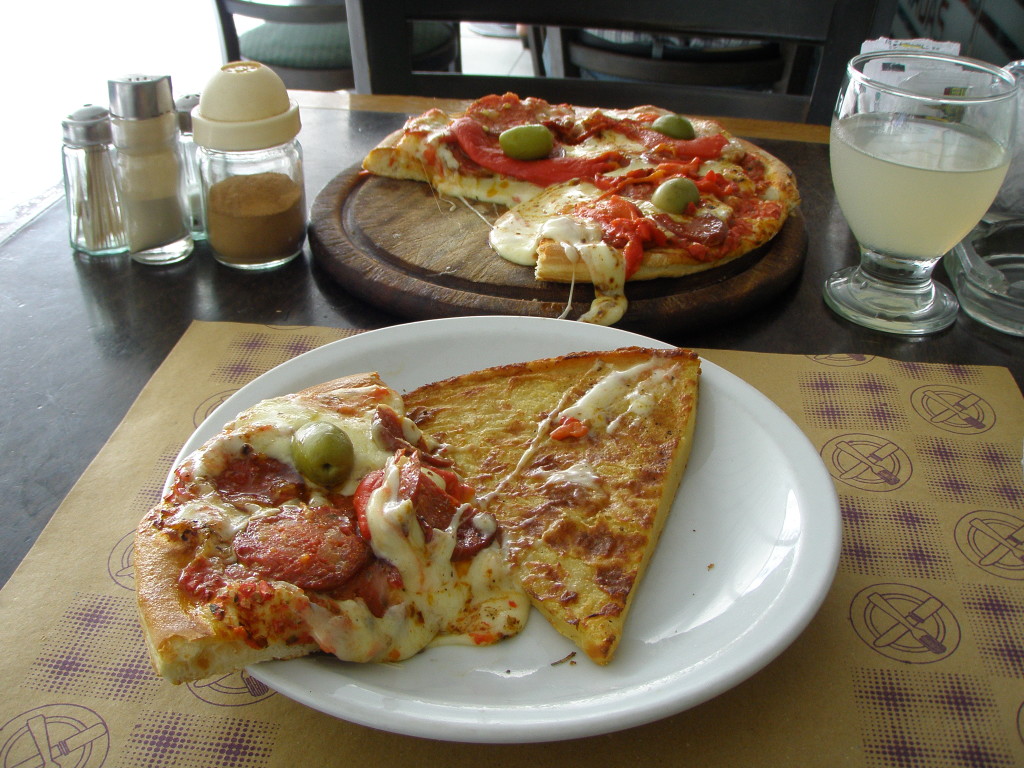
Last, but by no means least, is Buenos Aires’ unique contribution to the pizza world – the fainá, a flatbread made of chickpea flour, the crust baked and served up plain. Though fainá likely originated in Liguria, where it is known as farinata, (and there are similar breads from other spots around the Mediterranean – Gibralter’s calentita or Nice’s socca come to mind) – what makes it special here is that it is served as an adjunct to pizza – a “classic” porteño lunch is a slice or two of pizza and a slice of fainá – which is often laid atop of a slice of pizza as a top-crust, or eaten in alternating bites – and a glass of Moscato. Some visitors find it weird, others take to it like a duck to water, and, of course, there’s wide variation in quality – the worst being when it’s served refrigerator cold, which happens more than I like to think about. The best fainá I’ve found to date is at Gata 2000, Pichincha 810, in Boedo, and they turn out a darned good pizza a la piedra as well.
In October 2006, I started writing for this Spanish language magazine, covering their English language section for travellers. I wrote for them for about two years. The copy editor, apparently not fluent in English, used to put each paragraph in its own text box on a two column page, in what often seemed to be random order, making the thread of the column difficult to follow. I’ve restored the paragraphs to their original order.
